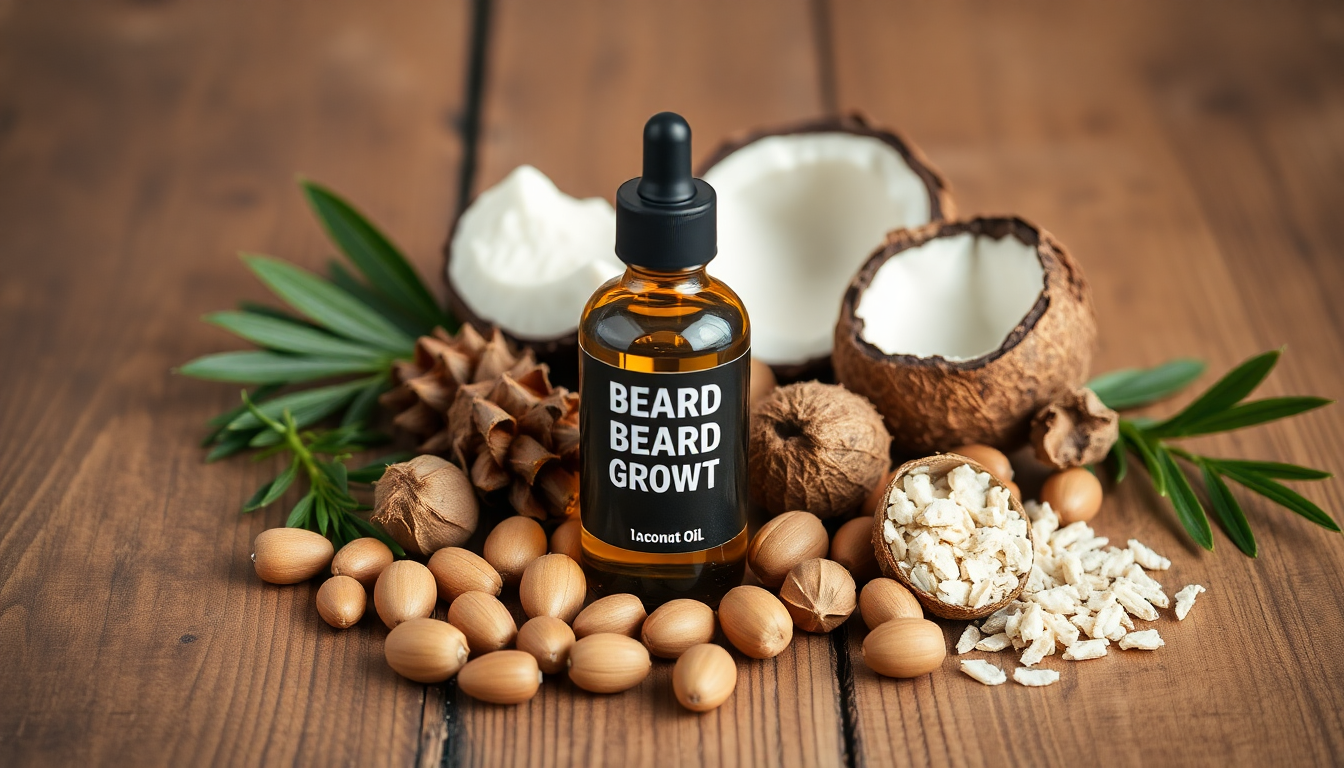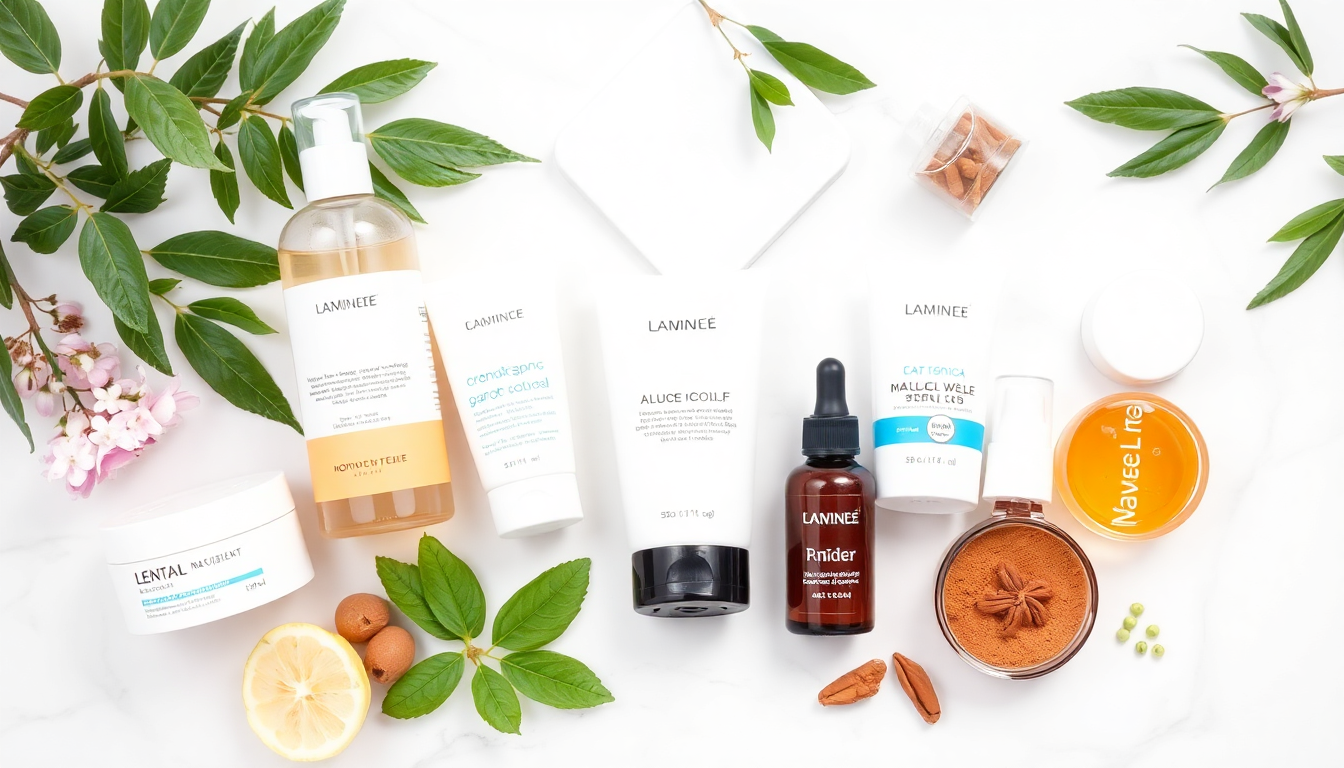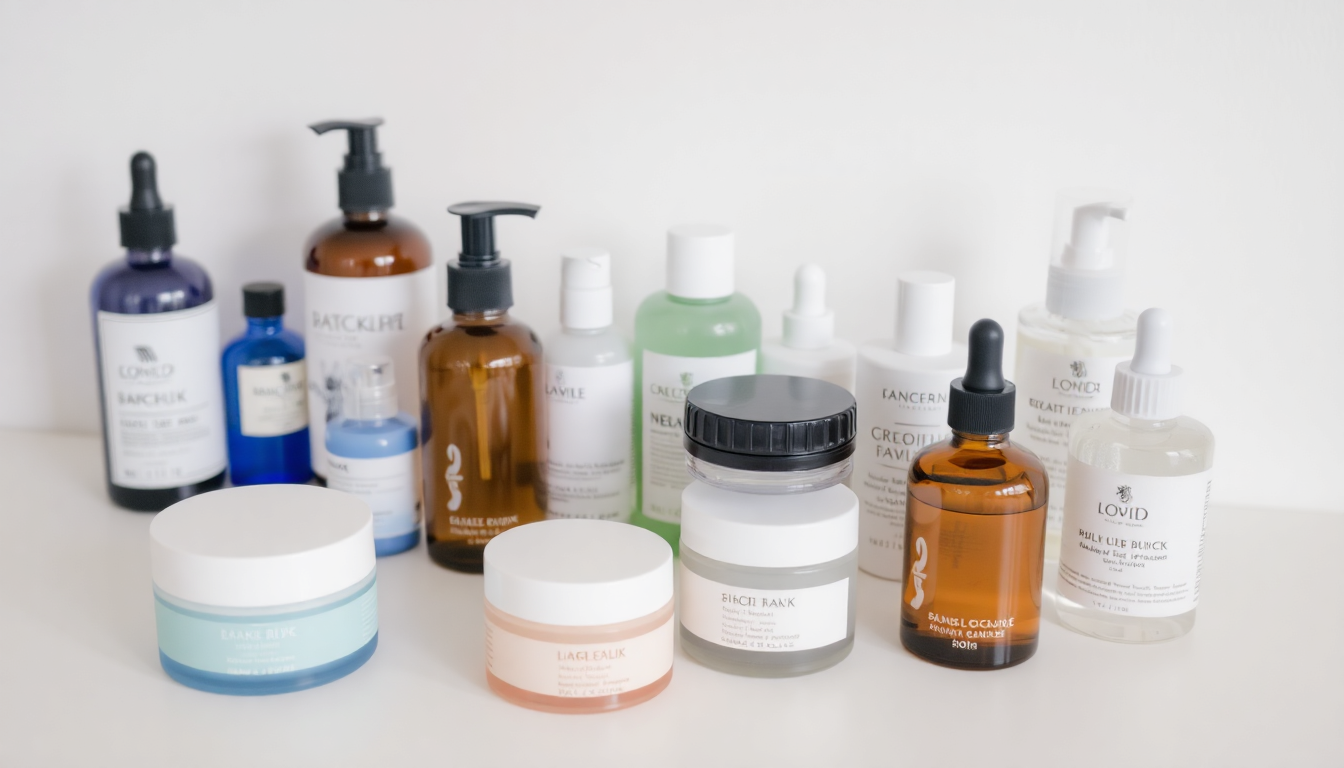Introduction: The Growing Popularity of Beard Growth Oil in 2025
In recent years, facial hair has become more than just a style statement—it’s a symbol of masculinity, confidence, and personal expression. As men look to cultivate thicker, fuller, and healthier beards, beard growth oils have surged in popularity. But what exactly are beard growth oils, how do they work, and what can you realistically expect in 2025? This comprehensive guide will explore the science behind beard growth, break down the most effective ingredients, and share real-world results so you can make informed decisions about your grooming routine.
The Science of Beard Growth: How Hair Follicles Work
Understanding beard growth begins with the biology of hair follicles. Each hair on your face grows from a follicle embedded in the skin. The health and activity level of these follicles dictate how well your beard grows. The hair growth cycle consists of three primary phases:
- Anagen (Growth Phase): During this active phase, cells in the follicle rapidly divide, producing new hair strands. The length of this phase determines how long individual beard hairs can grow.
- Catagen (Transition Phase): This brief phase signals the end of active growth, where the follicle shrinks and detaches from the blood supply.
- Telogen (Resting Phase): The follicle remains inactive for a period before shedding the old hair and starting a new growth cycle.
While these phases are genetically determined and vary from person to person, environmental factors and skin health can influence follicle performance during each stage.
What Beard Growth Oils Can and Cannot Do
Beard growth oils are formulated to support the natural hair growth cycle but cannot alter the fundamental biology. They do not create new hair follicles or drastically speed up growth. Instead, their primary roles include:
- Hydrating and conditioning the skin beneath the beard to prevent dryness and flakiness, which can impede healthy hair growth.
- Providing essential nutrients and antioxidants to nourish existing hair follicles.
- Improving blood circulation in the facial area to deliver oxygen and nutrients more effectively to hair roots.
- Reducing inflammation or irritation that might cause follicle damage.
In essence, beard growth oils create the ideal environment for your beard to grow stronger, thicker, and healthier, optimizing your genetic potential.
Key Ingredients Driving Beard Growth Oil Effectiveness in 2025
The formulation of beard growth oils has evolved significantly. Modern products blend natural oils, vitamins, and plant extracts backed by research to maximize benefits. Here’s a detailed look at the most impactful ingredients:
1. Argan Oil
Extracted from the kernels of the argan tree native to Morocco, argan oil is rich in vitamin E, antioxidants, and fatty acids. It deeply moisturizes both hair and skin, reducing brittleness and split ends in beard hair. Its antioxidant properties help protect hair follicles from oxidative stress caused by environmental pollutants.
2. Jojoba Oil
Jojoba oil closely resembles human sebum, the natural oil produced by skin glands. This similarity makes it excellent for balancing oil production in the facial skin, preventing clogged pores and follicle inflammation, which can hinder hair growth. It also conditions the beard to feel soft without being greasy.
3. Coconut Oil
Known for its antimicrobial and deeply moisturizing effects, coconut oil helps soothe dry, itchy skin under the beard. Its fatty acids penetrate hair shafts to strengthen hair and reduce breakage, promoting denser beard growth over time.
4. Castor Oil
Rich in ricinoleic acid, castor oil is celebrated for its ability to stimulate blood circulation to hair follicles. Improved blood flow means better nutrient and oxygen delivery, which can encourage healthier, faster-growing hairs. It also has anti-inflammatory properties that calm irritated skin.
5. Vitamin E
As a powerful antioxidant, vitamin E combats free radicals that damage cells, including those in hair follicles. It supports cellular repair and regeneration, which is vital for maintaining strong, resilient beard hair.
6. Rosemary Oil
Rosemary oil has been shown in some studies to stimulate hair growth by increasing circulation and possessing anti-inflammatory effects. It also has antimicrobial properties, helping maintain a clean and healthy skin environment under your beard.
7. Additional Botanicals and Nutrients
Many beard growth oils in 2025 also include other beneficial ingredients such as peppermint oil (for stimulating circulation), tea tree oil (for its antibacterial benefits), and biotin or other B vitamins to nourish hair follicles from within.
How to Choose the Right Beard Growth Oil for You
With so many options available, selecting the best beard growth oil can feel overwhelming. Here are some tips to guide your choice:
- Look for Natural and Organic Ingredients: Avoid synthetic fragrances, parabens, and harsh chemicals that could irritate skin.
- Check for Proven Ingredients: Opt for oils containing the key ingredients listed above, which have documented benefits.
- Consider Your Skin Type: If you have sensitive or acne-prone skin, choose lighter oils like jojoba or argan and avoid heavy, pore-clogging oils.
- Read Customer Reviews: Real user feedback can provide insight into effectiveness and any potential side effects.
- Try Sample Sizes First: Testing a small amount helps ensure compatibility and satisfaction before committing.
Spotlight on EELHOE Beard Growth Oil Mist: A 2025 Favorite
Among the top-rated beard growth oils in 2025 is the EELHOE Beard Growth Oil Mist. This product combines a powerful blend of argan, jojoba, coconut, and castor oils, enriched with vitamin E, to deliver comprehensive beard care. Its unique mist application makes it easy to distribute evenly across the beard and skin, ensuring every follicle receives nourishment.
Users report several benefits from regular use:
- Visible reduction in beard patchiness with improved density.
- Softening of coarse, wiry beard hairs for a more manageable texture.
- Relief from dryness and itchiness, particularly during early beard growth phases.
- Enhanced shine and healthier overall appearance.
Its formulation is designed not just to promote growth, but also to maintain beard hygiene and comfort, addressing common grooming challenges.
Complementary Practices to Enhance Beard Growth
While beard growth oils are valuable tools, combining them with healthy habits maximizes results:
- Maintain a Balanced Diet: Nutrients such as protein, vitamins A, C, D, E, zinc, and omega-3 fatty acids support hair follicle health.
- Exercise Regularly: Physical activity promotes better blood circulation, which benefits follicle nourishment.
- Manage Stress: Chronic stress can disrupt hormonal balance and impair hair growth.
- Get Adequate Sleep: Sleep is essential for cellular repair and regeneration.
- Practice Proper Beard Hygiene: Regular washing and gentle exfoliation remove dead skin cells and prevent follicle blockage.
How to Incorporate Beard Growth Oil into Your Routine
For best outcomes, consistency and technique matter. Follow this step-by-step guide:
- Cleanse Your Beard: Wash your face and beard with a mild cleanser or beard shampoo to remove dirt and excess oils.
- Towel Dry: Pat your beard gently until it is damp but not dripping wet.
- Apply Beard Growth Oil: Dispense a small amount of oil or mist into your palm (usually 3-5 drops depending on beard length).
- Massage Thoroughly: Rub your hands together and massage the oil into the beard and underlying skin using circular motions to stimulate circulation.
- Comb and Style: Use a beard comb or brush to distribute the oil evenly and style your beard.
- Repeat Daily: For optimal results, apply the oil every morning or evening as part of your grooming routine.
What to Expect: Timeline and Realistic Results
Patience is key when using beard growth oils. Most men notice initial improvements in skin hydration and beard softness within a few weeks. Visible thickening and filling of patchy areas typically take 6 to 12 weeks of consistent use.
Remember, individual results vary based on genetics, age, hormonal levels, and overall health. Beard growth oils support your natural potential but are not miracle cures.
Addressing Common Questions and Concerns
Can Beard Growth Oil Help with Patchy Beards?
Yes, by nourishing existing hair follicles and improving skin health, beard oils can stimulate dormant follicles to produce hair, reducing patchiness over time.
Are There Any Side Effects?
Natural beard oils are generally safe, but some individuals may experience allergic reactions or irritation. Conduct a patch test before full application.
Can Beard Growth Oil Make My Beard Grow Faster?
While oils improve follicle health and potentially extend the growth phase, they do not dramatically speed up hair growth beyond your genetic limits.
Is Beard Growth Oil Suitable for All Skin Types?
Most oils are versatile, but people with oily or acne-prone skin should choose non-comedogenic formulas like jojoba or argan oil to avoid pore clogging.
Conclusion: Embrace the Beard Journey with Confidence in 2025
Beard growth oil is a valuable ally for men aiming to enhance their facial hair’s health, texture, and fullness. Combined with a balanced lifestyle and proper grooming, these oils help unlock your beard’s potential by nurturing the follicles and skin beneath.
The 2025 market offers advanced formulations like the EELHOE Beard Growth Oil Mist, which stands out for its blend of natural, potent ingredients designed to tackle common beard issues effectively.
Ultimately, growing a great beard is a journey requiring patience, consistency, and care. By understanding how beard growth oils work and integrating them smartly into your routine, you can look forward to a thicker, healthier beard that reflects your best self.




Hinterlasse einen Kommentar
Alle Kommentare werden vor der Veröffentlichung geprüft.
Diese Website ist durch hCaptcha geschützt und es gelten die allgemeinen Geschäftsbedingungen und Datenschutzbestimmungen von hCaptcha.